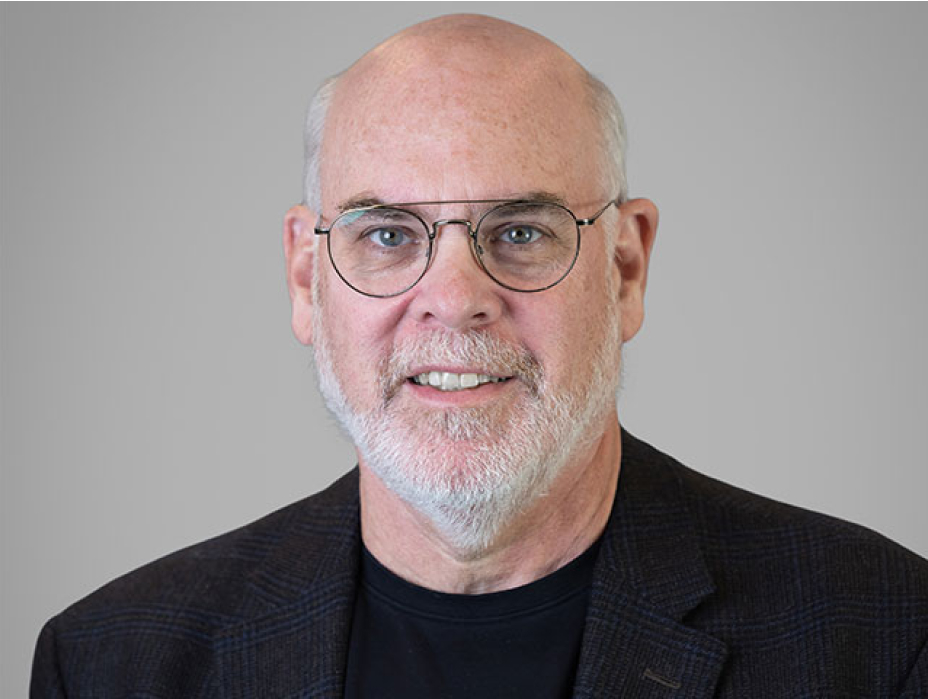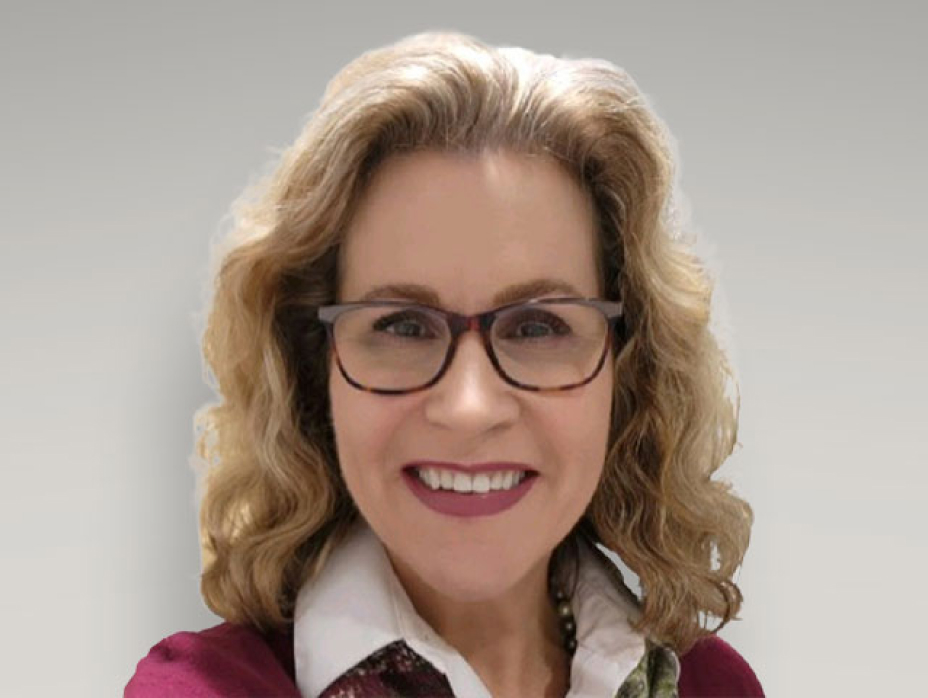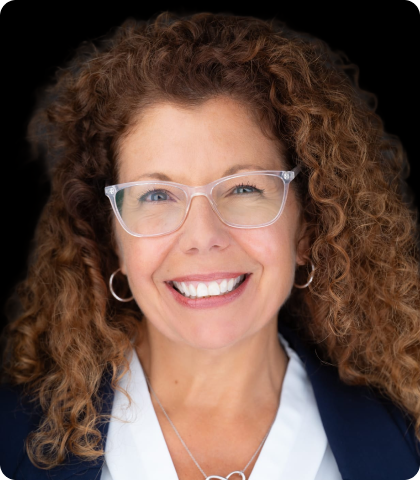Former NASA and SpaceX data scientist Valkyrie Holmes turned InsurTech founder is working to bridge the gap between homeowners and insurers with AI-powered resilience scoring
When Valkyrie Holmes was monitoring satellite trajectories at NASA and designing payload configurations at SpaceX, she couldn’t shake an obsession that had taken root during her college years: the growing threat of natural disasters to American homes.
Seven years ago, while many insurers still believed wildfire management was largely under control, Holmes was digging into research that painted a dystopian picture of overgrown forests, poorly maintained properties, and a disaster-prone future that few were prepared to face.
“I realized that our property infrastructure is not fit to withstand natural disasters. Point blank,” Holmes says, speaking from an industrial summit where she was discussing her solution to this crisis. “The way we’ve built properties, with big population increases in risk areas, means we’ve had to build with cheap materials very fast. That doesn’t benefit the end policyholder or consumer at all.”
Today, as CEO and co-founder of Faura, Holmes is tackling this challenge head-on with a data-driven approach that’s catching the attention of major carriers and Lloyd’s of London. Her company’s proprietary “survivability scoring” system doesn’t just predict where disasters will strike — it tells insurers and homeowners which properties are most likely to survive when they do.
The $10,000 Problem
Holmes’s career path from rocket science to risk assessment began with a grant from the 776 Foundation that gave her two years to pursue climate research. She and co-founder Amanda Southworth started by getting certified as property inspectors, going door-to-door to assess homes and educate owners about risk reduction. They quickly discovered two clear problems.
First, the approach wasn’t scalable. Second, even when government programs provided homeowners with up to $10,000 in grants for risk mitigation, the improvements rarely lasted. “You can give someone $10,000 to reduce the risk on their property, but two to three years later, it’s right back where it was,” Holmes notes. “Vegetation grows, debris accumulates on roofs every winter. The lack of follow-up really bit people.”
This realization led to an epiphany. Holmes recalls studying a diagram from the National Institute of Building Sciences that showed six stakeholder circles—government, insurers, real estate agents and brokers, financial services, tenants, and future owners—all connecting back to the homeowner. “We realized the biggest barriers to homeowner action were education and cost,” she says. “We needed to tie risk mitigation to something people already trust and pay for every year.”
Insurance was the answer.
A Different Kind of Climate Tech
Unlike many climate-focused startups that rely on government subsidies or environmental goodwill, Faura has positioned itself squarely as an InsurTech company. This strategic decision, Holmes believes, makes the company more resilient to political winds.
“Insurance underlies everything we do,” she says. “Regardless of whether subsidies disappear or climate funding gets decreased, insurance will be there. You need insurance, and your policy will renew year over year.”
The company’s business model is elegantly simple. Insurance carriers contract with Faura to assess high-risk properties in their portfolios. When an underwriter receives an application for a property in a wildfire, flood, or hurricane zone, they can ping Faura’s API for a survivability score and detailed component analysis. Instead of manually reviewing hundreds of variables, underwriters instantly see whether the biggest vulnerability is in the foundation, the roofing materials, or the surrounding vegetation.
“We start from the inner circle and go outwards,” Holmes says. “It increases the efficiency of how they write policies instead of starting with all these variables and trying to drill down.”
Transparency as Strategy
What sets Faura apart is its commitment to homeowner engagement. Every assessment generates an action report sent directly to the policyholder, detailing specific improvements they can make, associated costs, and potential insurance discounts. This transparency serves multiple purposes: it positions insurers as partners rather than adversaries, creates opportunities for risk reduction, and identifies the most profitable customers — those willing to invest in their property’s resilience.
The company covers five perils across the United States, with natural concentrations along high-risk corridors: the Gulf Coast for hurricanes, the Front Range for hail, and the West Coast for wildfires. They’re expanding into the Midwest to address tornado and windstorm risks, with recent studies covering devastating tornadoes in Wisconsin, Kentucky, and Texas.
Importantly, Faura’s assessments are entirely digital, using satellite imagery, aerial data, permit databases, and proprietary survivability models updated quarterly. Homeowners can even access a free basic assessment on Faura’s website—a deliberate choice to lower barriers to education.
From Seed to Scale
With venture backing secured through a seed round last year and plans for a Series A in mid-2025, Faura is moving from pilot programs to full implementation with several major carriers. The company is also part of Lloyd’s Labs’ latest cohort, working with various syndicates on case studies and pilots.
“There’s nothing quite like Lloyd’s in the U.S., so it’s been fascinating,” Holmes notes.
As climate-related losses mount — $150 billion in insured losses against $400-500 billion in total economic losses in 2024 alone — Faura’s approach offers a rare win-win-win scenario. Insurers get better risk assessment and reduced losses, homeowners receive education and potential premium discounts, and communities become more resilient to inevitable disasters.
For Holmes, who once aimed satellites at distant stars, the mission has become decidedly more terrestrial but no less critical.
In an era when traditional risk models are failing and the protection gap is widening, her data-driven approach to property survivability might just be the bridge between an insurance industry in crisis and homeowners in harm’s way.
“At the end of the day,” Holmes reflects, “homeowners and business owners are the people who can do the most to reduce their risk. We’re just giving them—and their insurers—the tools to make it happen.”












